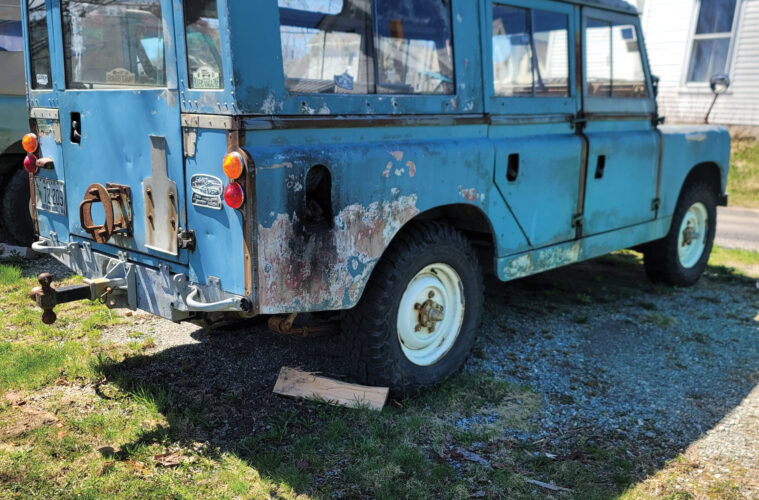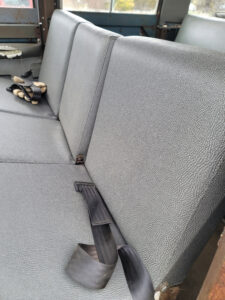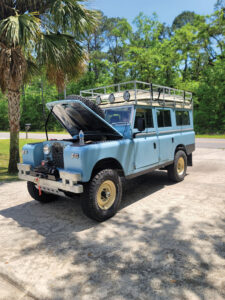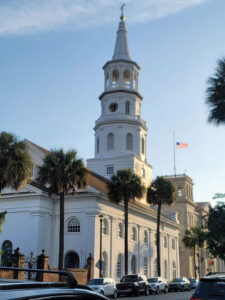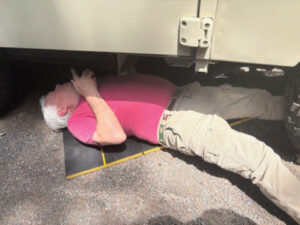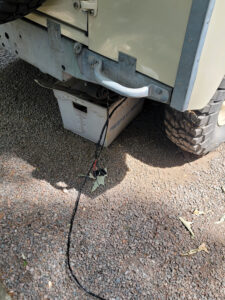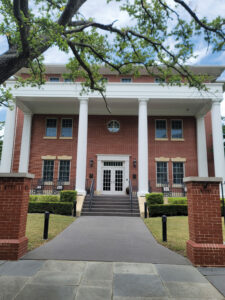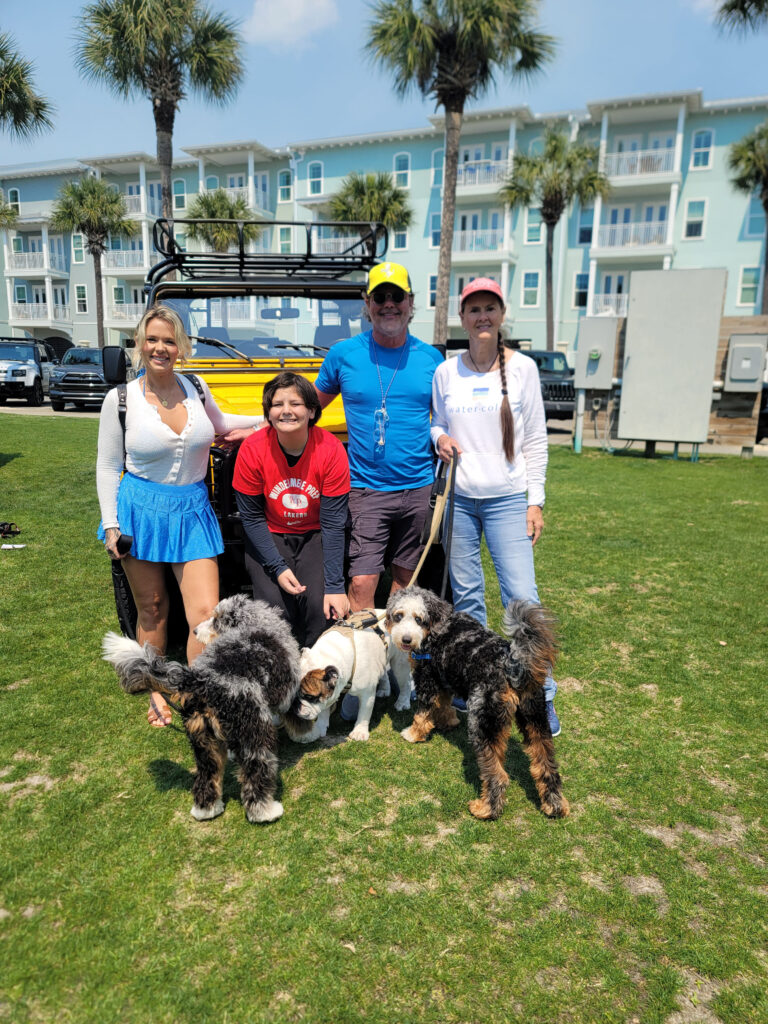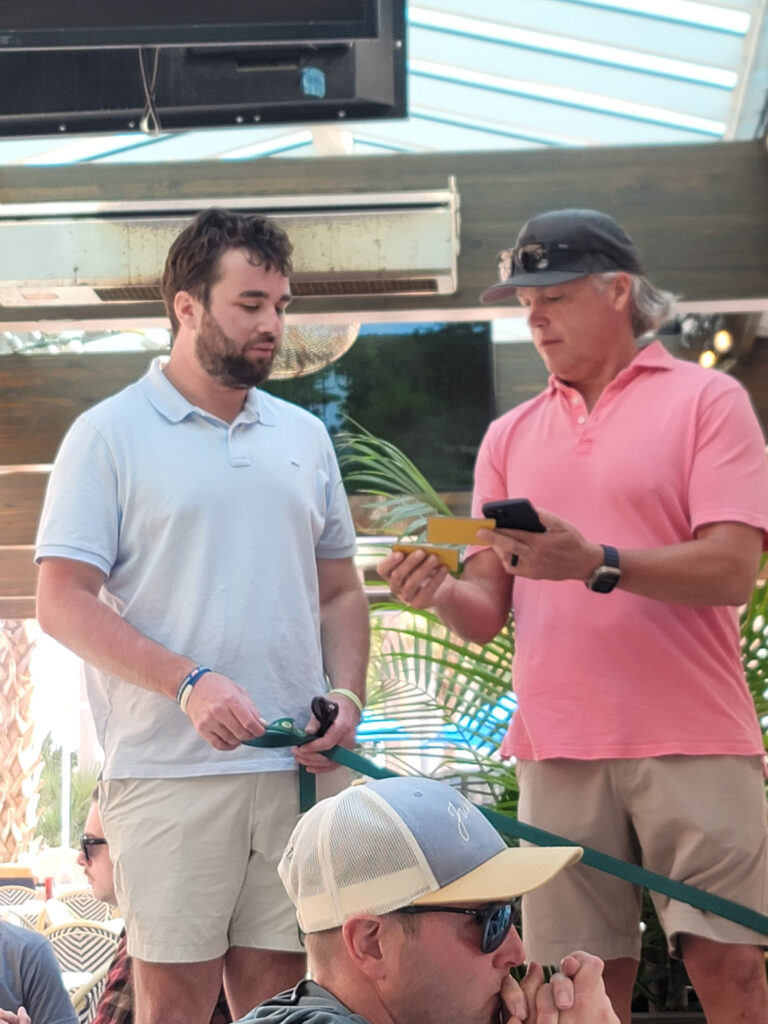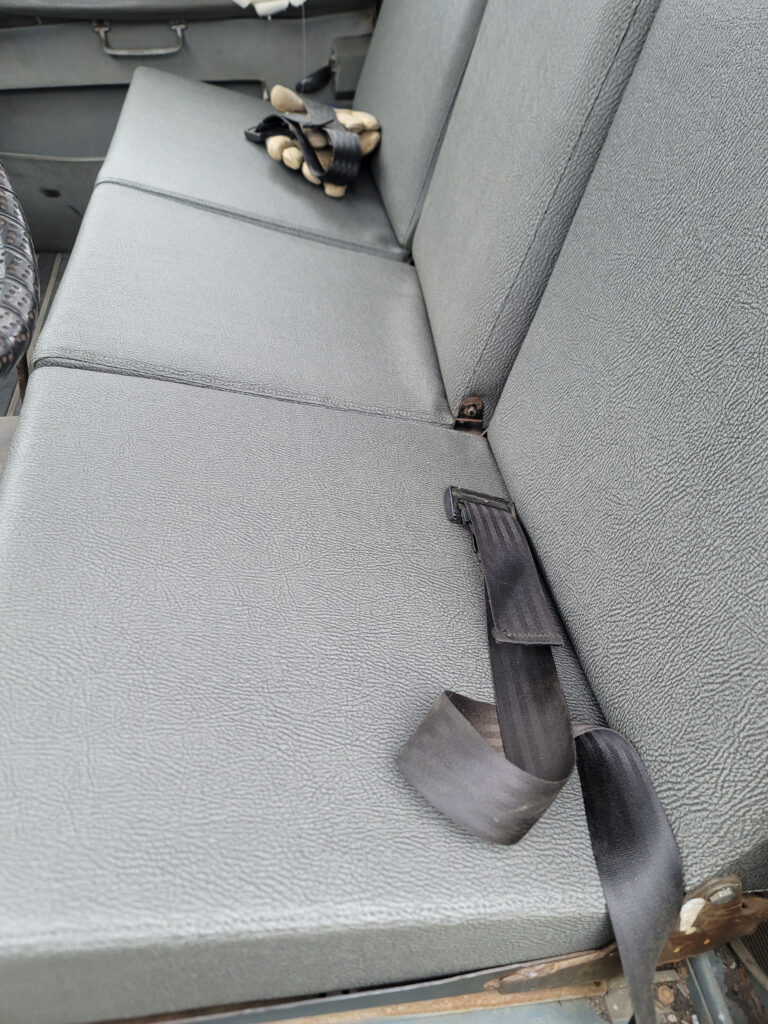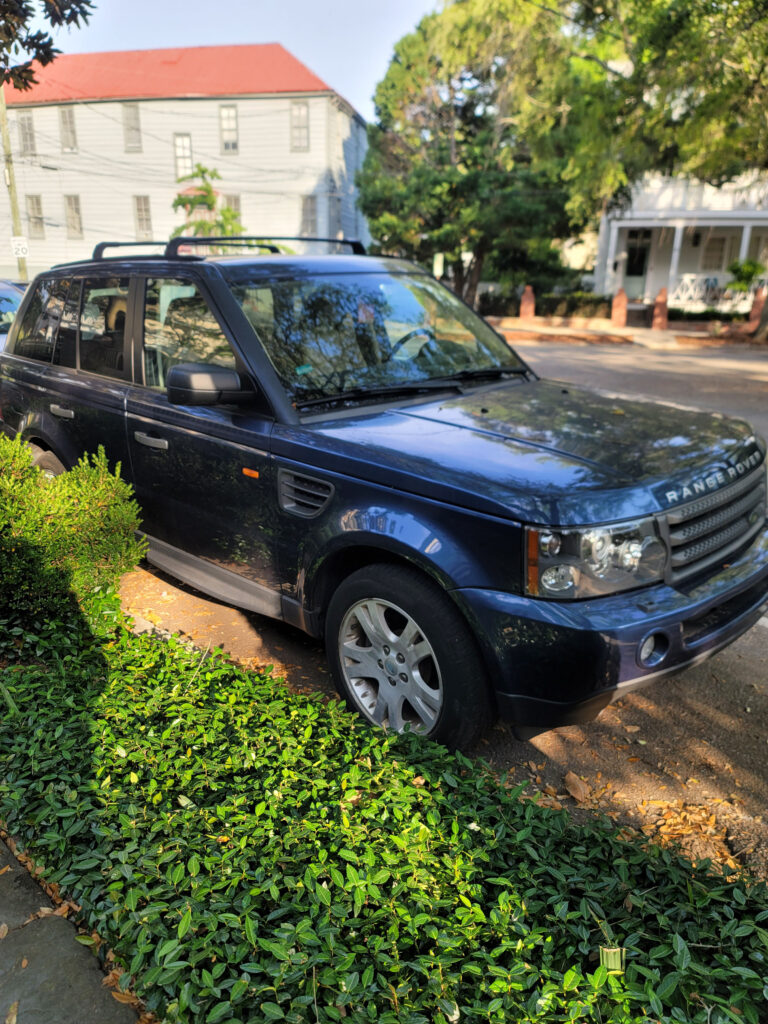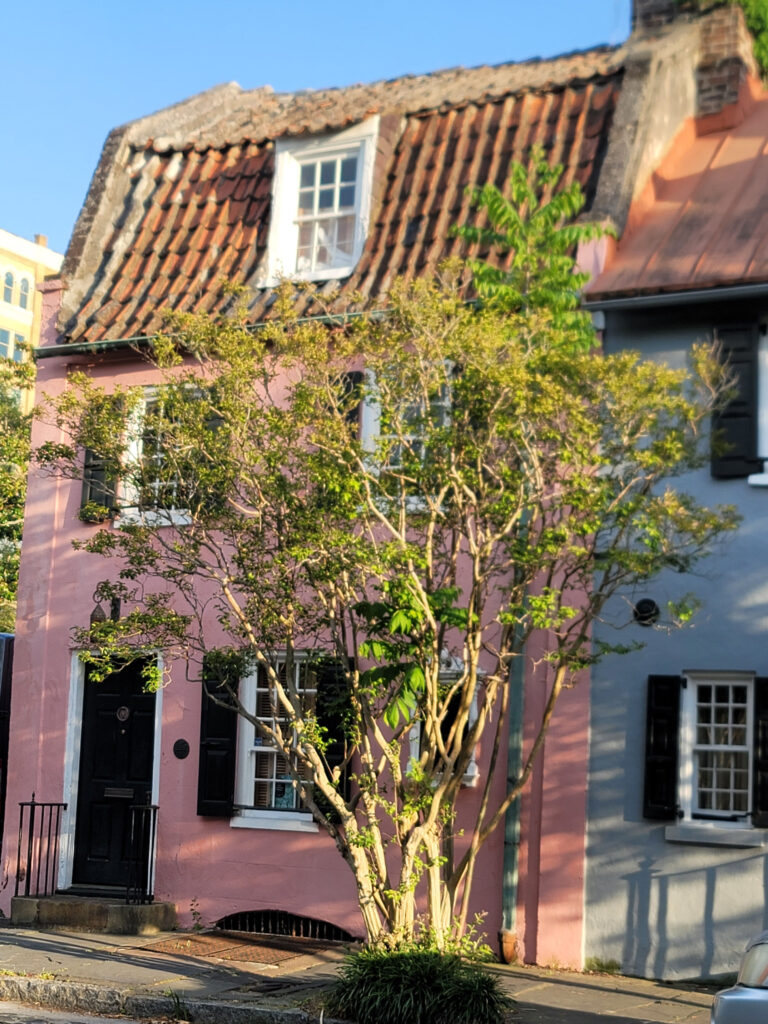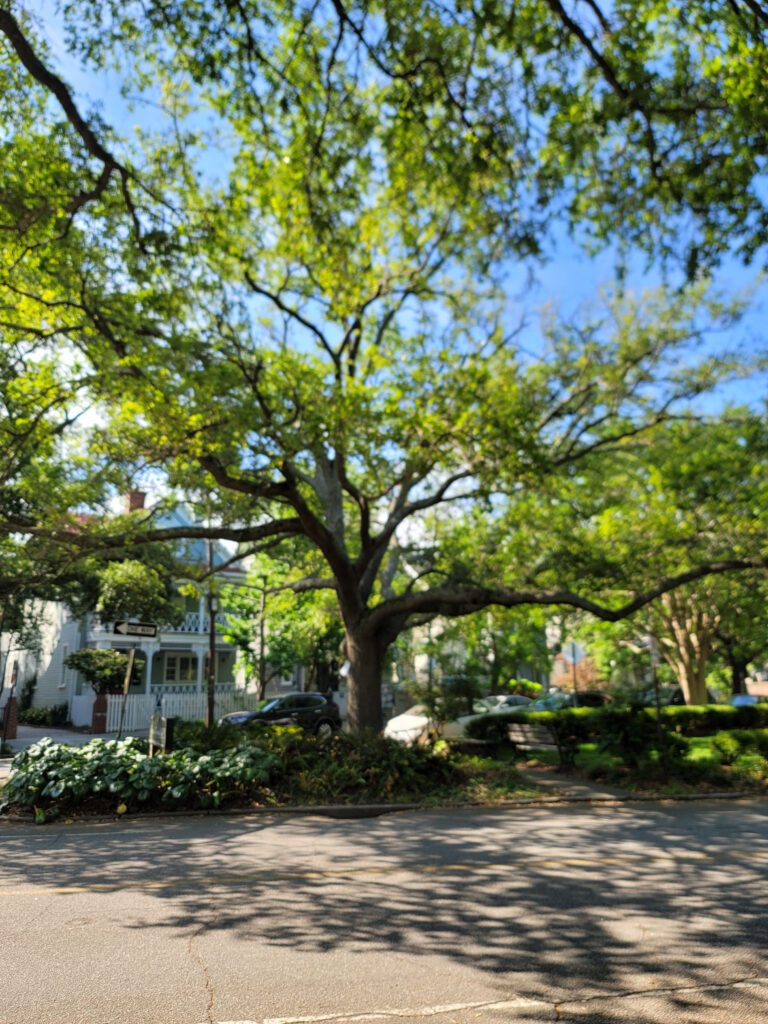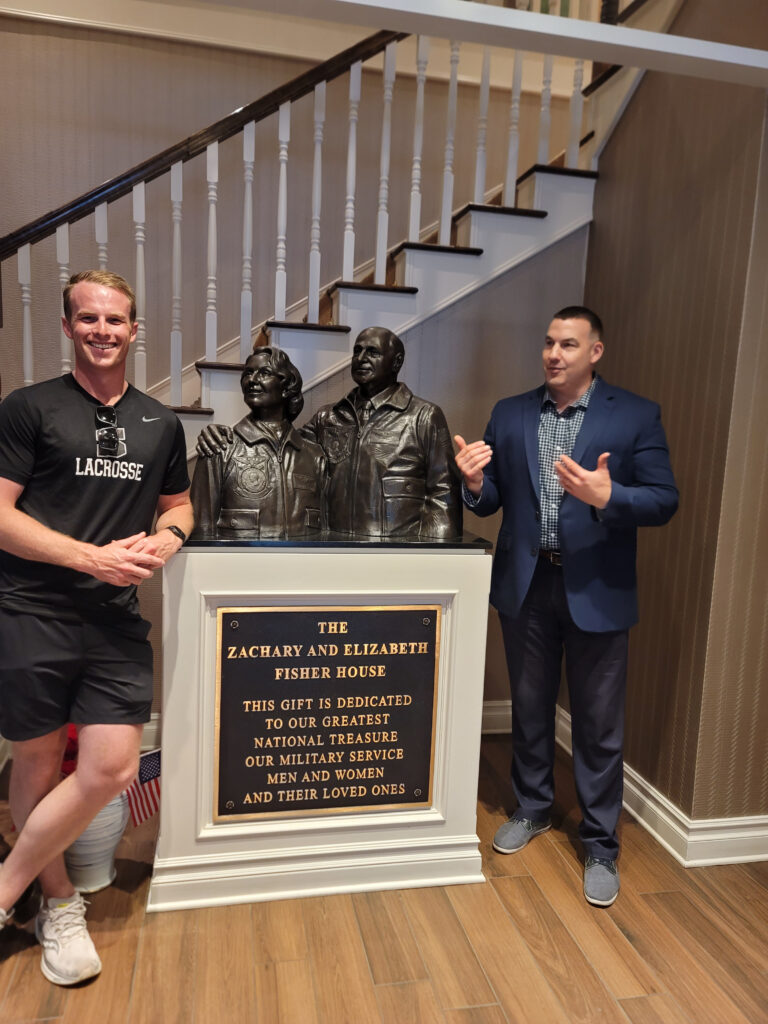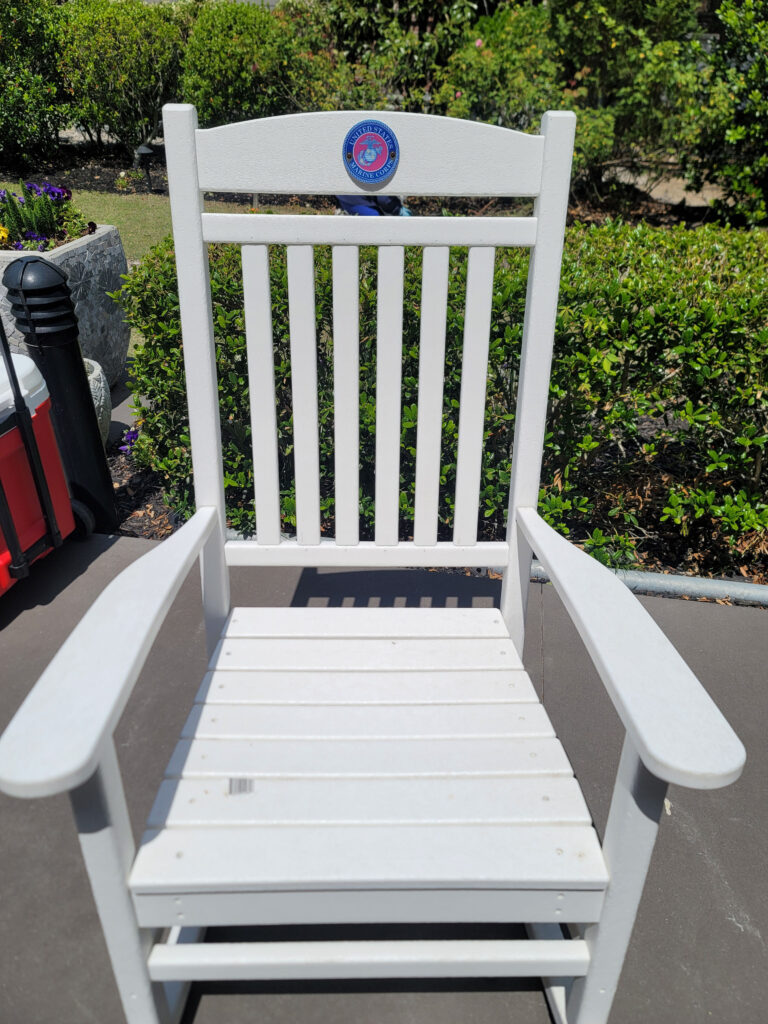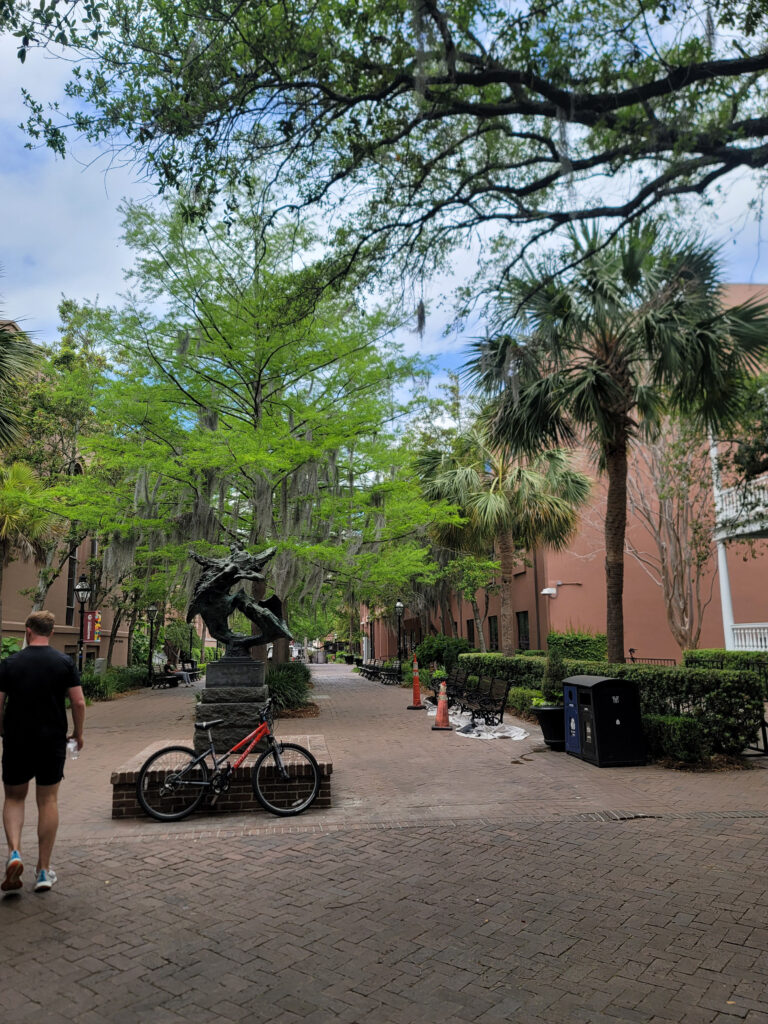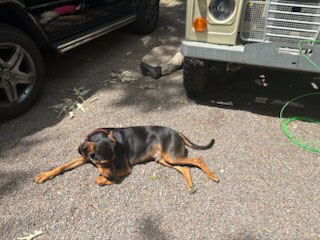When I bought “Rickman,” my ’67 Series IIA SW 109”, six years ago, it came with a pile of seat backs and bottoms; the front three seats looked especially sketchy. The foam rubber underneath the seat covers had deteriorated such that I sat lower in the seat box than I did in my ’66 IIA 88.” As the cloth covering over the original vinyl looked equally disreputable, I treated myself to a set of Exmoor Trim elephant-hide front seats (RN part #EX6630).
The seats arrived in an impressively large box with each cushion packed in an elegant cloth bag. When time came to swap out the seats, I removed the old ones by unbolting the seat backs from their posts. As per the instruction sheet (whose print resembled a 1950s mimeograph machine), I used the Braille method to find and expose the threaded bolt holes by poking through the vinyl of the driver’s and passenger’s side seat backs. (To quote an old bread advertisement, “Look Ma, no holes!”)
Only then did I realize that if one installed the seat back cushions first, you could not possibly find enough room for installation of the center seat back — after you first slightly enlarged the mounting post holes to fit the fatter metal rod and tiny cotter pins.
The job took ridiculously longer than anticipated as my short stature demanded that I walk from side to side to reach each bolt and insert each cotter pin. However, the entire enterprise resulted in a far more comfortable ride, coupled with a taller seating position that assuaged my previously deflated ego.
The friendship and hospitality of the Land Rover community never fails to amaze me. Most recently, I received a royal welcome from enthusiasts Chris Stoyles, Freeport, FL and David Murrell, Charleston, SC. Chris’ generosity provided me with a waterfront room at his house, volleyball with his kids (London and Brighton) and drives in one of his many cars, a Jaguar XKS V-12 convertible. It made the work covering the North American Series in Santa Rosa Beach, FL, even more entertaining.
Back in 2017, Chris had commissioned a local custom shop to convert his ’62 Series IIA 109” from a 2.25L 4-cylinder, 4-speed gearbox, into a GM 5.74 L, electronic fuel injection motor with a GM automatic transmission [See Spring 2018 issue -ed]. His hope was that the 109” would cruise at contemporary highway speeds, resulting in quicker and quieter trips to attractions like the Walt Disney World Resort in Orlando. In the ensuing years, the 109” proved less reliable than anticipated. Most recently, it would refuse to start, as if the battery were flat. Turn the key, and the starter would only produce a series of “clicks.”
The instrument lights and horn worked, so I assumed the battery had a sufficient charge. Attaching cables from a jump pack did not produce immediate improvement so we let it charge up for a while. I fired it up and took it on a short drive while Chris fielded a call from an architectural client. Upon returning, I pronounced it “ready to go.” We took a short drive together and it ran wonderfully — until, about 20 ft from its garage door, it died.
A trip to an auto parts store to buy a multi-meter allowed us to check the battery (below 12 V) and once we jump started it, the alternator was dead (no increase in voltage with the engine running). We also learned that not all GM alternators are generic; this one had additional wiring connectors because of the Holley Spiker system installed on the motor. So we ordered the alternator for delivery from a warehouse and picked up a serpentine belt idler pulley tool that made removal of the belt, then the alternator, much easier. (Since the trip, the alternator has been replaced and a parasitic battery drain repaired.) I found working on Chris’ 109” SW as much fun as attending the Series event itself.
David Murrell has a seasonal home on Mount Desert Island in Maine (home of Acadia National Park) and he made the mistake at a Maine Winter Romp of inviting me to visit him in Charleston, SC. As I’d never been, that seemed like a safe invitation — then Cooper Murray organized the second Low Country Series event. I pounced on David’s invitation and to his chagrin, he realized he did not have an excuse to say “no” to me.
As we drove around the historic quarters of Charleston, I saw an unusually high number of Land Rovers, Defender L316s and L663s, Range Rovers of all generations and a healthy number of Discoverys. In David’s driveway and his street parking spots, I saw several Land Rovers, from Series Rovers to L320 Range Rover Sports. Tucked away under a car cover, a sandstone Series III had just returned from the body shop where the once-overturned Land Rover, named “Pansy,” underwent a Cinderella-level transformation. “Pansy,” acquired 12 years ago, joins a stablemate, “Hyancinth,” another Series Land Rover stored at their house in Maine.
“Pansy” sports a galvanized frame from Rovers North. Only after the body panels and tub had been mated to the frame did David realize that his new wiring harness still required installation (something usually done before the body returns to the frame). Since David, his wife Amanda, children Davis and Charlie, and dogs Roscoe and Alfie, had been really nice to me, I offered to help by running a snake wire through the frame holes while David pushed the harness along from the rear. This involved both of us taking turns underneath the Series III, leaning over the wings, forcing grommets through the firewall and frame holes, and phoning knowledgeable enthusiasts all along the East Coast for advice and counsel. Alfie looked a bit startled by the language we used that afternoon — but we completed the task.
During a Sunday morning Trail Run, David and I shared the always-enjoyable challenge of helping repair Claire Pelton’s ’73 Series III when it refused to start. Claire, from Charleston, and her sister Lisa had both learned to drive in this Series III, owned originally by their father, Robert, a Canadian photojournalist who rode with the ‘91 US Camel Trophy Team of Bill Burke and Webb Arnold. Claire’s Series III had driven flawlessly that weekend but once it stopped running, turning the key resulted in nothing — no clicks.
When I peered under the bonnet, I found the battery cable connection at the terminal quite loose. It had been that way for a long time, which meant the alternator turned but the battery would not charge. So, we designated Claire as the driver who would pop the clutch as a willing group pushed the Land Rover with a rolling start. With no tools to effect a repair, we were relieved when, later that day, we saw Claire along the highway that returned us all to Charleston.
Back in April 2014, Land Rover rented a decommissioned aircraft carrier, the USS Intrepid, to show of the then-new Discovery Concept the night before the press days of the New York Auto Show. The carrier, berthed at Chelsea Piers along the Hudson River, houses an air and space museum that proved the perfect backdrop for the display, as well as the then-new Virgin Galactic spaceship.
That weekend came back to mind when I visited Charleston’s Fisher House, one of 100 non-profit facilities nationwide that provides housing, meals and comfortable residences for veterans undergoing treatment at VA hospitals and their families nationwide.
When a civilian couple, Zachary and Elizabeth Fisher of New York City, heard of the plans to sell the Intrepid for scrap metal, they intervened and in 1978, bought the ship for $1.00, and then contributed and raised millions to move the ship and convert it into a museum. In 1990, the Fishers established a foundation to build and support the first Fisher Houses; the family foundation continues its support to this day.
All the buildings became property of the Veterans’ Administration, but local groups affiliated with their community’s Fisher House raise supplemental funds for food, furnishings and amenities. Dr. Will Cramer, a Board member of Friends of Fisher House Charleston, arranged a visit for me and Charleston paramedic Charles Cross, with House Manager Erik Zielinski. The former Marine took great pride in making the 18-room, three story residence a comforting and receptive home for veterans and their families in challenging times of medical need.
During his tour and presentation, Erik related the story of Zachary Fisher and his role in saving the Intrepid. I had to share the impact the Intrepid had made on the dozens of guests, Land Rover executives and the media present at the 2014 event. It almost matched the impact the presence of the Fisher House Charleston made on me 11 years later.
[To learn more, visit www.FriendsofFisherHouseCharleston.org -ed.]
